
Musical Soundalike of the Day, 4/29/2024
Something I’m trying since I’ve been having trouble keeping up in this blog, first a piece of music that sounds like a cross between previously-written pieces.
+
=
Let me know if the videos don’t work.

Something I’m trying since I’ve been having trouble keeping up in this blog, first a piece of music that sounds like a cross between previously-written pieces.
Let me know if the videos don’t work.

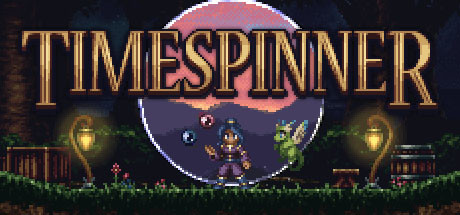
The year 2011 saw the founding of the videogame developer and publisher Chucklefish Limited in London, specializing in producing retro-styled games. Among their publications, developed by Lunar Ray Games, was the Metroidvania Timespinner, taking heavy inspiration from Konami’s Castlevania: Symphony of the Night and financed through the crowdfunding platform Kickstarter in June 2014. It was initially to be released in November 2015. However, the project’s scope led to delays to September 2018, initially on computer and PlayStation-based media, but it would expand to the Nintendo Switch and Xbox One.
As the game’s moniker implies, Timespinner’s narrative focuses on time travel, with protagonist Lunais, a Time Messenger, needing to traverse the present and the past to defeat the evil Lachiem Empire responsible for the death of her parents. The story has a few derivative elements and a point where I had to reference the internet to find out how to advance. However, the way the game tells it is surprisingly effective and never feels forced down the player’s throat, as with most top-tier titles. Many documents add nicely to the game’s background, with a slight hint of LGBTQ+ themes and multiple endings that add some lasting appeal.
Akin to the godfather of the Metroidvania genre, Timespinner features 2-D side-scrolling gameplay. Luna can equip a Main Orb and a Sub Orb, between which she alternates when attacking; a Spell Necklace that allows her to charge and execute magic; and a Passive Ring that allows for continuous skills, such as a pair of blades swirling about her and attacking foes. She also eventually accesses Familiars, who do their own thing and attack enemies, leveling occasionally. Killing enemies may drop items, some of which are necessary to complete sidequests, with Lunais herself occasionally leveling as well, getting money from both defeated foes and breaking light sources.
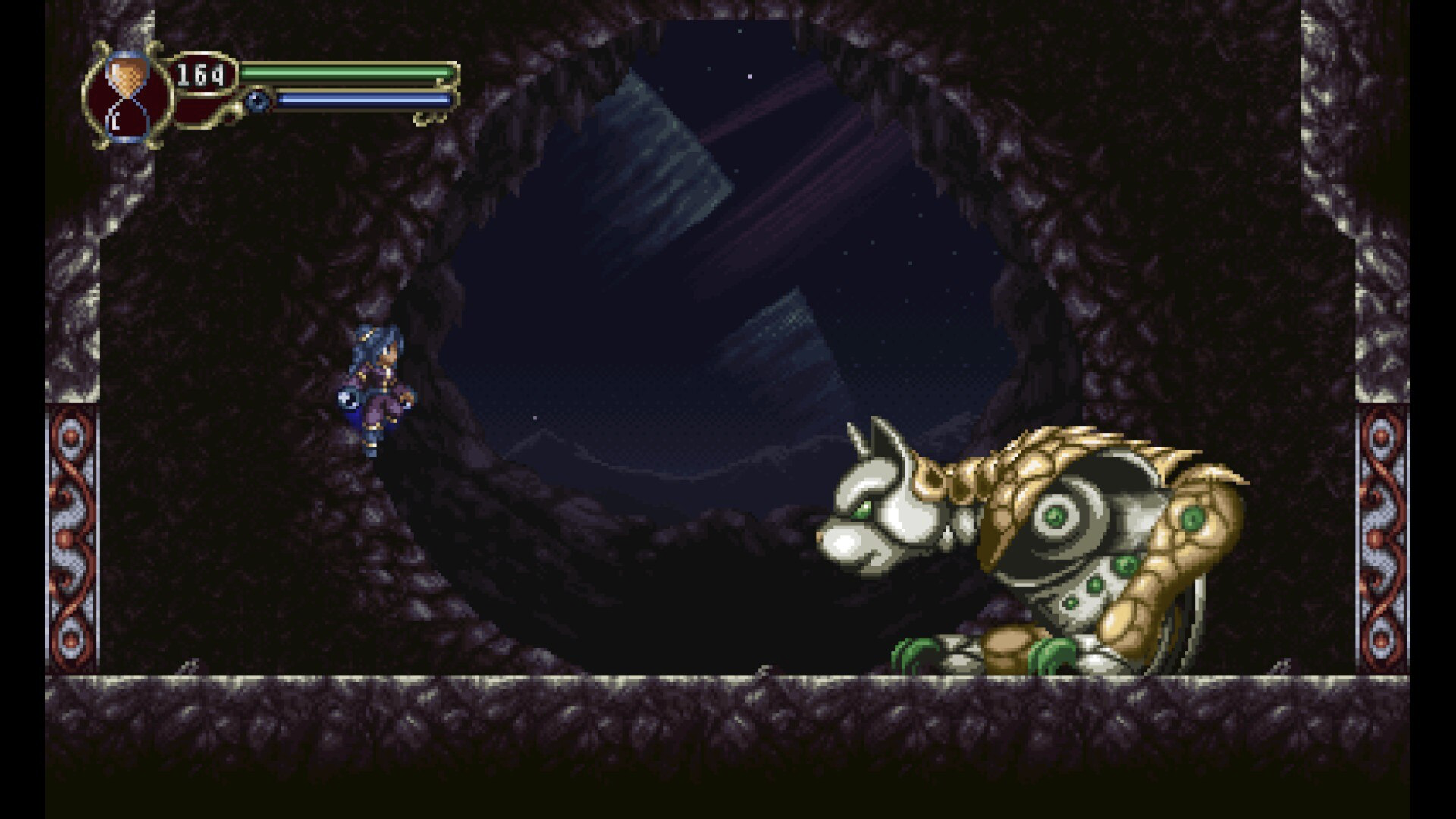
Throughout the past and present, Lunais can also find items that permanently increase her health, aura, and sand, the last of which she can use to freeze time temporarily, often necessary to use enemies as platforms to reach higher areas. Lunais can further equip headgear, a piece of armor, and two accessories; she can also purchase various items from shops. She may further find items that can level her orbs, with repeated use doing the same. The game mechanics are virtually flawless, aside from knockback endemic to most Metroidvanias (which can lead to situations like being forced to different chambers), with occasional bosses impeding Lunais’ progress, the Dream Mode difficulty allowing her to avoid death and fully heal when she reaches zero health.
Control also serves the game well, with easily navigable menus, enjoyable exploration, helpful in-game maps where players can place markers of different colors, and pleasant platforming. While one could argue that, in difficulties above Dream Mode, the player can waste progress if killed far from restorative save points, a buyable item allows Lunais to teleport to the last safe zone, which is helpful when she’s close to death. However, there are issues like the lack of a suspend save (which I could have sworn was in other game versions I played) and poor direction (in which case I had to reference the internet). Regardless, Timespinner interfaces with players like a dream.
Jeff Ball provides a soundtrack stylistically like that of the Castlevania series, with good use of instruments such as the piano and harpsichord. Tracks like “Masquerade of Hedonists” sound like they came straight out of the iconic Konami series (and could easily pass as being written by Mozart), with other pieces like ”The Broken”, the first boss battle theme, evoking a similar feel. Some voice clips include Lunais’ grunting when attacking and occasional laughter. The sound effects are also good, and while there are some silent portions, namely most cutscenes, Timespinner is very much an aural delight.
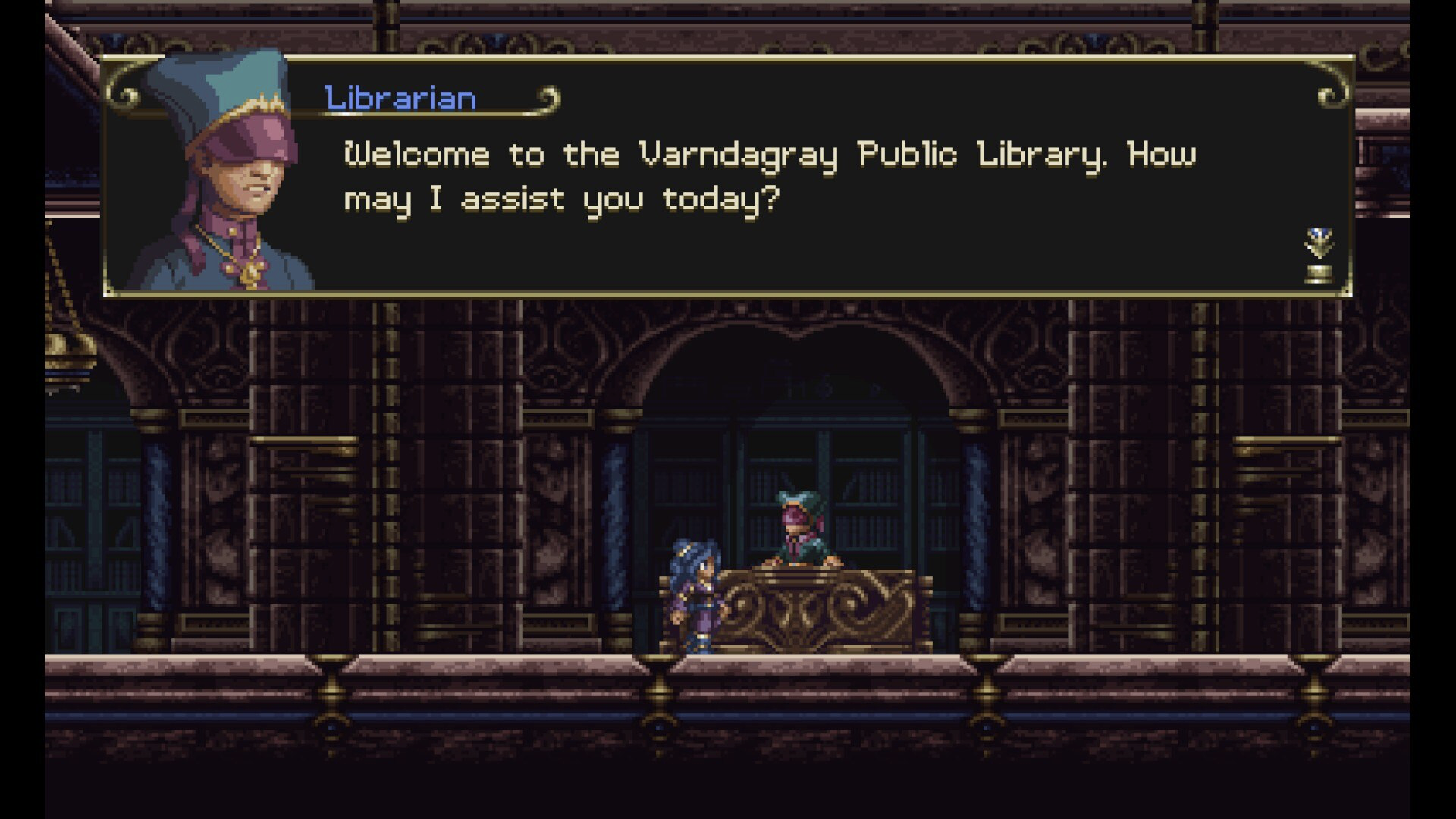
The visuals also evoke Timespinner’s Castlevania inspirations, with gorgeous pixel art, character portraits prominent during dialogues, enemy designs, colorful environments, and smooth animation. There are a few reskins in terms of foes, the sprites mostly don’t show emotion, and equipment doesn’t affect Lunais’ appearance, but otherwise, the game graphically excels.
Finally, finishing the core game can take as little as three hours. However, there is a plentiful lasting appeal in the form of a New Game+, multiple endings (many of which one can view within the same playthrough, and the ending credits become skippable after being viewed once), completely mapping every area, fully leveling Lunais, completing the game compendia, in-game Feats, Steam Achievements, and so forth, so absolute completion can naturally take far longer.
Overall, Timespinner is easily one of the high points of the Metroidvania gaming genre, given its superb gameplay, tight control, engaging narrative, excellent soundtrack, gorgeous graphics, and abundance of side content, surpassing others in terms of quality. While there are negligible flaws in aspects like control and the visuals, and one may argue that it lacks quantity, it quickly makes up for in terms of quality. The supplemental content will also appease those who habitually complain about short games. I enjoyed the various times I played through the game, and I very much look forward to its forthcoming sequel whenever it is eventually released, if ever.
This review is based on a single playthrough on Dream Mode of around eight hours on a Steam Deck of a digital copy purchased by the reviewer, with multiple endings viewed, and 7/37 Steam Achievements acquired.
| Score Breakdown | |
|---|---|
| The Good | The Bad |
| Superb Metroidvania mechanics. Excellent lore and narrative. Solid audiovisual presentation. Plenty of lasting appeal. | Typical Metroidvania knockback. Easy to get lost at times. Some derivative story elements. A lot of reskinned enemies. |
| The Bottom Line | |
| A crowning achievement among Metroidvanias. | |
| Platform | Steam |
| Game Mechanics | 9.5/10 |
| Control | 9.0/10 |
| Story | 9.0/10 |
| Aurals | 9.5/10 |
| Visuals | 8.5/10 |
| Lasting Appeal | 10/10 |
| Difficulty | Adjustable |
| Playtime | 3-48+ Hours |
| Overall: 9.5/10 | |


I first heard about Great Wolf Lodge through several commercials and an episode of Undercover Boss (though I didn’t watch said episode completely), with the immediate attraction being the indoor water park chain’s lupine mascot Wiley Wolf, outfitted in an adorable boy scout/park ranger combination uniform. As such, I researched said company and discovered their anthropomorphic animal cast aimed at younger audiences. The characters would endure several aesthetic changes, the latest of which would star in a short movie, The Great Wolf Pack: Call to Adventure, released in 2022.
The film itself stars Wiley Wolf in his latest design as he joins friends like Sammy Squirrel, Oliver Raccoon, and others in an adventure that later involves a clash between two races with a claim to a territory. The characters are cute, the animation is fluid, the themes are relatable, and the voice performances are well-executed. However, there are issues like the general kiddy nature of the movie and lack of appeal to older audiences. Many “why” moments regarding dialogue and conversations also abound, and other oddities like Oliver having red panda parents come at the end. The theme songs during the ending credits are somewhat excruciating as well.
Still, it’s not a long film and is viewable on YouTube.


Did some more exploration and quests, but got lost and had to reference the internet since I forgot to check a skeleton in an area I had visited to get a keycard necessary to advance.
When playing my Steam Deck portably, I can take screenshots just fine, but for some reason still not with my controller on TV…


Continuing to plow along. Beat some bosses. Explored some previous areas I was unable to access. Finished a few quests. Love how the game tracks if enemies have drops you haven’t gotten yet.
Asked about my screenshot-taking issues with my Steam Deck, but haven’t gotten a response yet.


Did a bunch of character quests and am now at the Castle Keep. Speaking of which, this theme:
Could easily pass for something composed by Mozart. Sort of resembles this piece from Castlevania: Symphony of the Night:


I’m playing this on Steam now (and played it two times before, on PlayStation 4 and Vita) since there’s a sequel forthcoming, and I have really fond memories of the game, in my opinion one of the best Western Metroidvanias. Also one of the best Western RPG soundtracks of all time, and Jeff Ball really does a nice job mimicing the style of JRPG music (with the Castlevania series seeming to have been his biggeest inspiration).
Here are some screens from my first hour with the game.
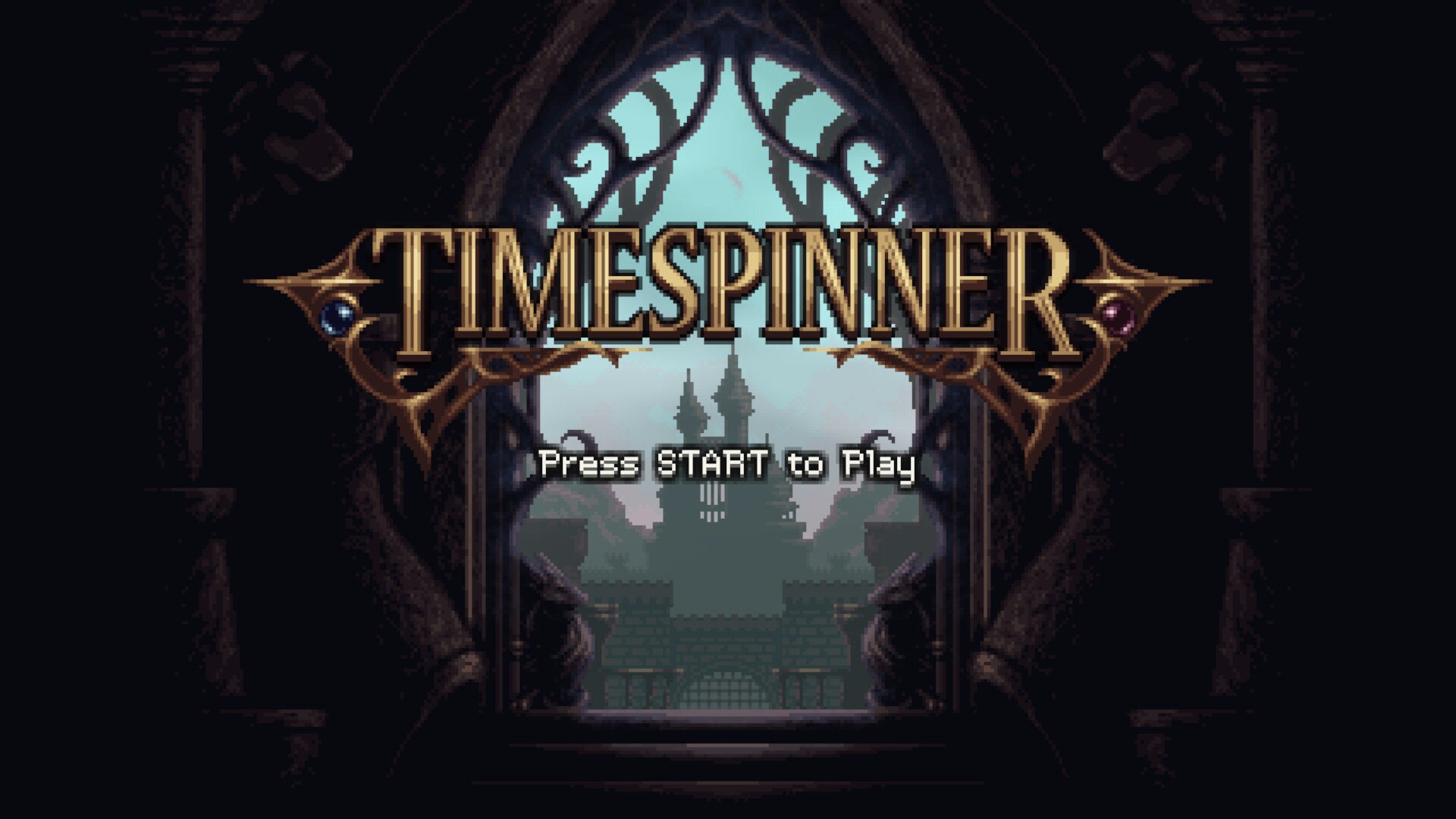




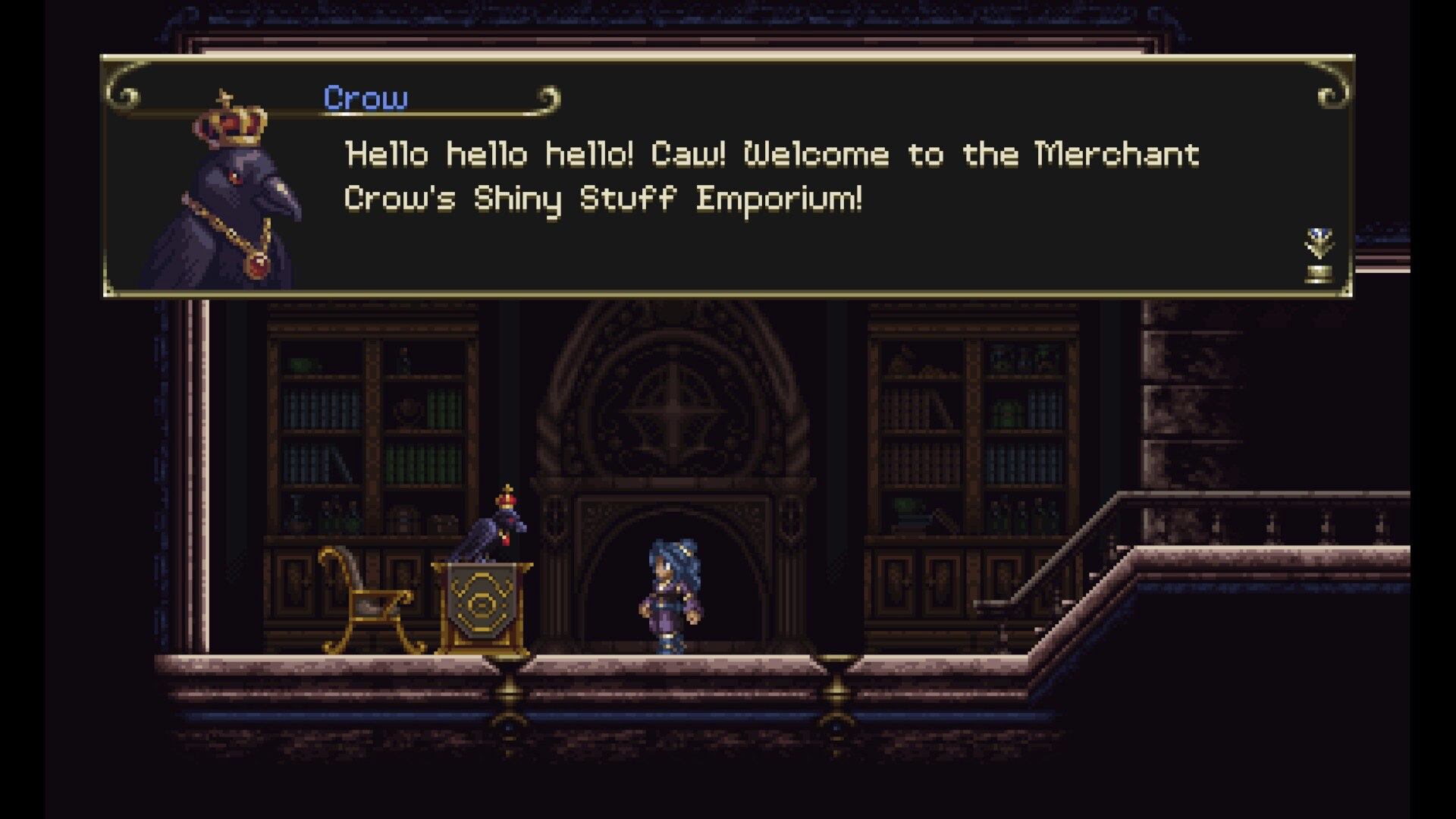
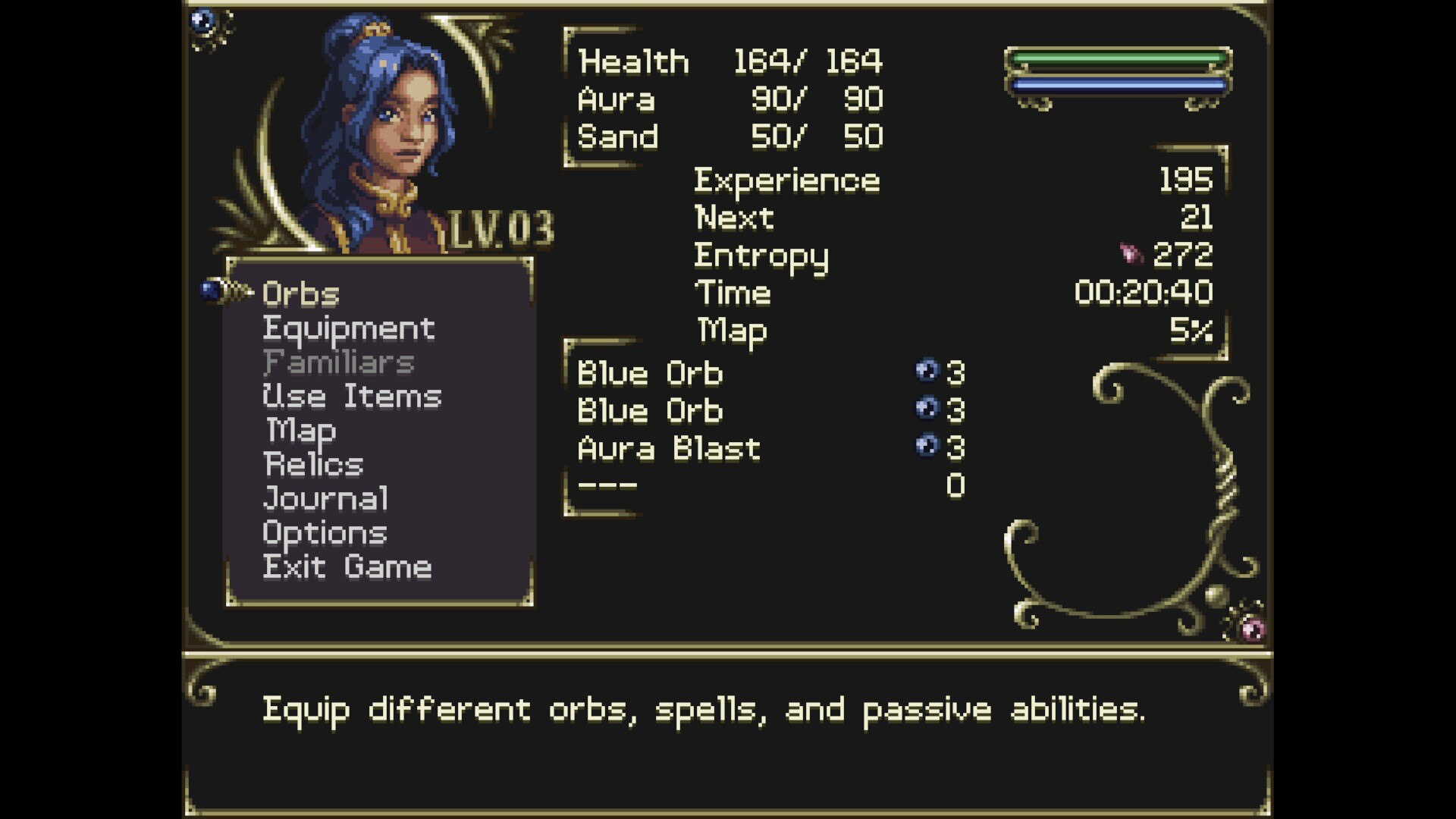
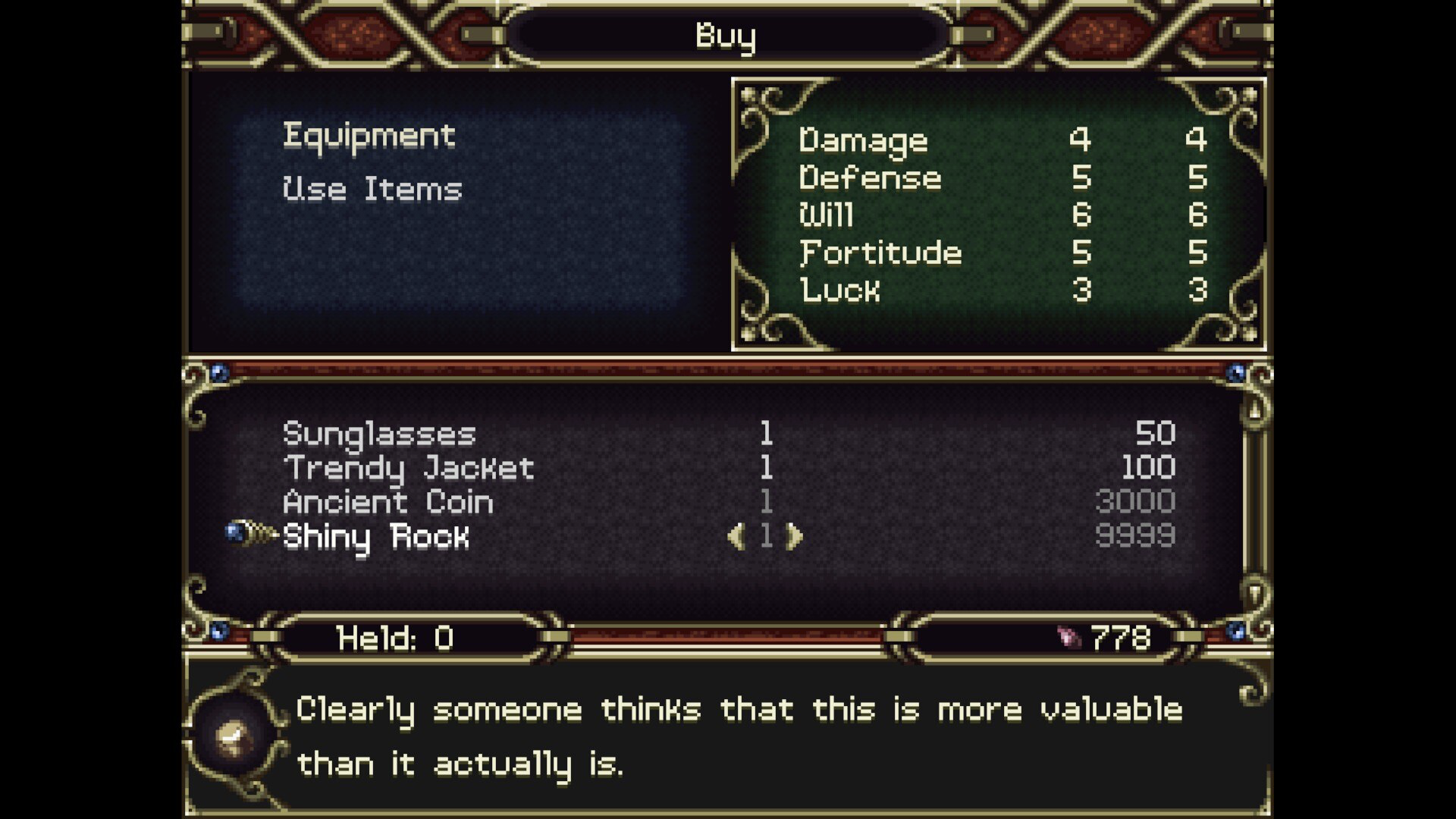
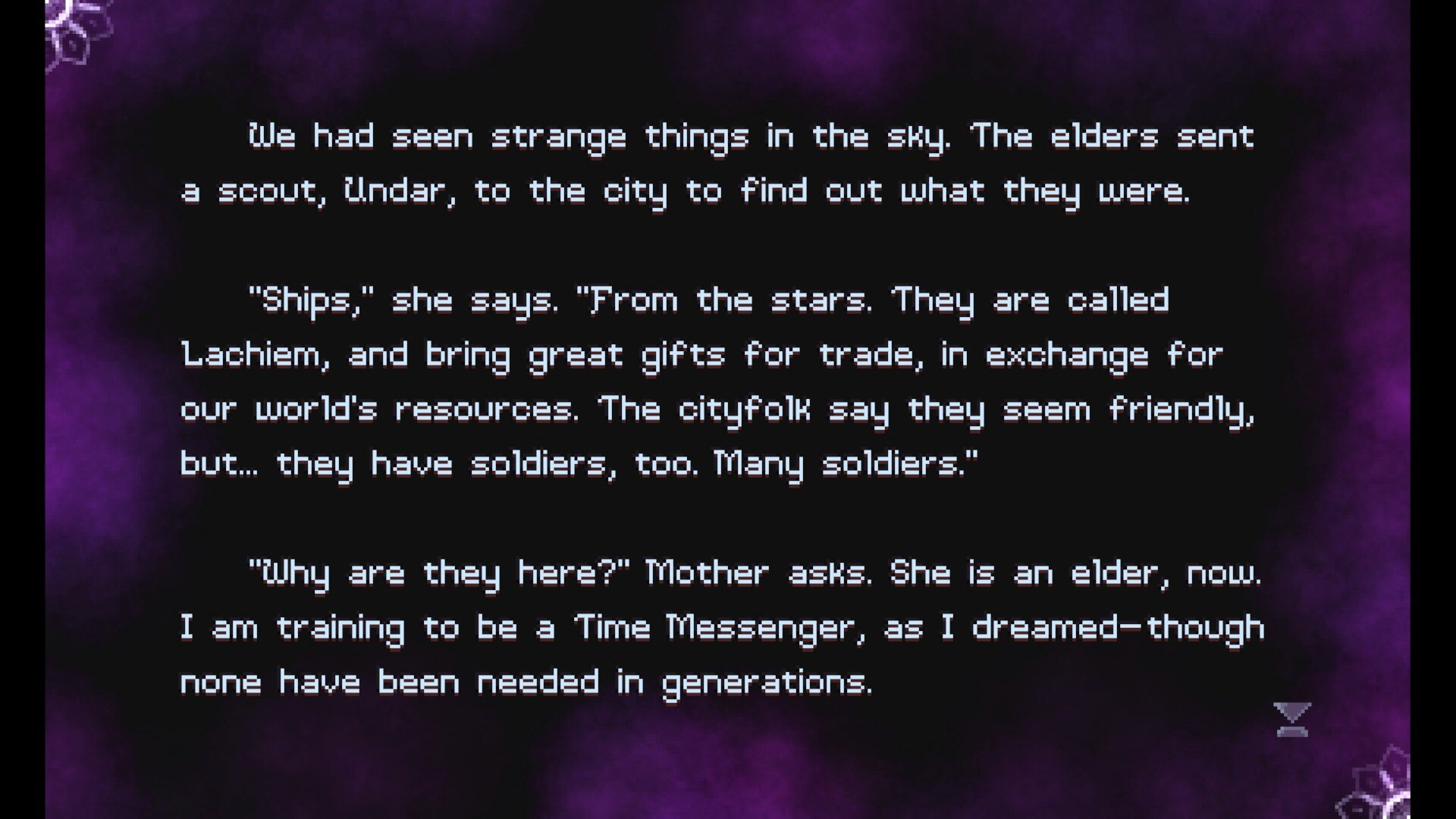
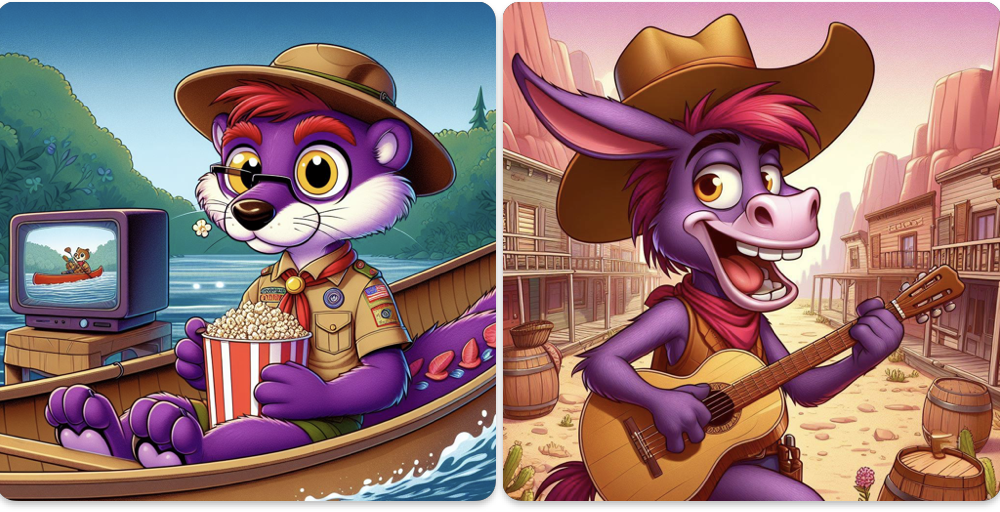

Based on the 1951 Lerner and Loewe American Western musical of the same name, the 1969 adaptation of Paint Your Wagon stars Lee Marvin as a prospector, Clint Eastwood as an amnesiac whom he recruits as his business partner, and Jean Seberg as one of a Mormon’s wives that he decides to sell to the highest bidder. I first saw this film as a rental in my town’s Blockbuster Video when that chain was still a thing, the title alone piquing my curiosity, the fact Clint Eastwood was in it being one of the sole things I knew about it. The following knowledge I would get about the film came from a brief spoof in The Simpsons episode “All Singing, All Dancing.”
Despite the title, the musical has nothing at all to do with literally painting wagons, with “paint your wagon” being a (very) dated expression meaning “to get things done.” Marvin’s character, Ben Rumson, dubs Eastwood’s “Pardner” as he recuperates, with a new tent town, “No Name City,” emerging when they discover gold. The male inhabitants become lonely from no female companionship until the mentioned Mormon husband comes and sells his wife Elizabeth to a drunken Rumson. A love triangle quickly emerges when Ben leaves his fiancé under Pardner’s care.
The latter portion of the movie involves Rumson and his men scheming to tunnel beneath No Name City to collect gold dust precipitating through the floorboards of saloons from paying customers, the only notable plot detail of which I had heard, courtesy my high school economics class, before I streamed this film. A zealous parson also comes to town in futile attempts to get its residents to abandon their sinful ways. Of course, many musical numbers abound, and while Marvin and Eastwood have never been known for their singing abilities, they did decently, with the former’s “Wand’rin’ Star” probably being the high point of the film’s songs.
While I know this film gets its share of criticism, much justified, I found it an entertaining watch, with some initial themes like Rumson putting his business partners first and his apathy towards humanity resounding well with me. Mature content like references to venereal disease and prostitution also get some spotlight. Religious themes are front and center as well, given Rumson’s indifference towards God, the references to Mormonism and polygamy, and the ultrareligious preacher. Much of the film likely didn’t fly well with 1969 moviegoers (though modern audiences would probably find it less offensive than, say, Blazing Saddles). However, I think that time has vindicated it somewhat, and don’t regret seeing it.




I remember watching the original Willy Wonka and the Chocolate Factory starring the late Gene Wilder back near the end of fourth grade, and it remained an endearing classic in my mind to the point where I rewatched it a few times when it appeared on television the following decades. I never read the Roald Dahl book and maybe saw Tim Burton’s adaptation once a few years after it was released. It’s been a bit of a curse for film adaptations of Dahl’s work to falter financially at the box office as the 1971 movie did (though Burton’s version and this were exceptions).
This prequel serves as a companion piece to both the 1971 film and Dahl’s original novel, starring Timothée Chalamet (whom I know best as Paul Atreides in the latest adaptations of Frank Herbert’s Dune) as the eponymous fledgling chocolatier, twenty-five years before the events of the first Willy Wonka film. When he returns home, he struggles financially yet finds ways to make ends meet as he grows his chocolate business. An Oompa Loompa named Lofty, portrayed by Hugh Grant like the non-dwarf actors portraying the halflings in the Lord of the Rings films, eventually aids Wonka in his endeavors. Oh, and the film’s a musical.
While I have fond memories of the original Gene Wilder film, I didn’t have any expectations before watching this prequel film but ended up enjoying it. The musical numbers are pleasant, with many original tunes alongside staples of the 1971 movie like “Pure Imagination” and “Oompa Loompa” (with Grant singing a quirky ending credits epilogue for the various characters to its tune). The cast performances are superb, the settings well executed, and the effects brilliant, accounting for an entertaining movie that does the novel and first film adaptation justice.